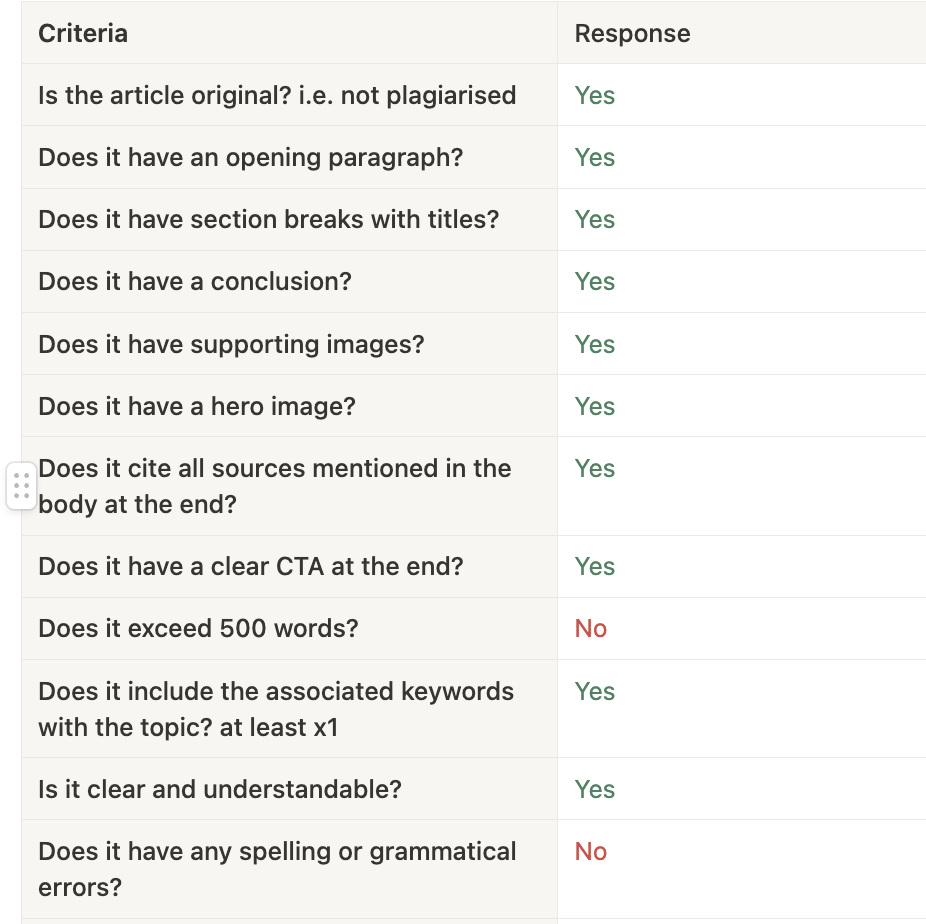Differentiating Marketing from Advertising
What does your B2B digital marketing mix look like? LinkedIn ads? some paid search?
and lots of cold outreach…?
While these are all relevant and useful acquisition channels, it usually takes a lot of time and/or dollars to see results. And even then, the results are not usually long-lasting i.e. for each new wave of leads, you have to invest anew.
So, what? you may ask. Isn’t this just what marketing and lead-gen needs?
Yes & No.
In technology startups and scale ups, the focus is often on quick wins. In this, we forget the true purpose and meaning of the word ‘marketing,’ which translates to ‘creating a market’ for something. And this endeavour, as the name suggests, goes beyond advertising.
In other words, advertising is the front-end fix that can deliver quick (but often expensive) results. Marketing, is the strategic foundation on which advertising stands i.e. the long game.
One true embodiment of this strategic nature of marketing, is demand generation.
Understanding Demand Generation
Demand generation is the process of creating awareness AND interest in your product or service. It goes beyond lead generation by focusing on nurturing and educating potential customers throughout their buying journey. For technology products, this often involves explaining complex features and demonstrating unique benefits.
And this is where content comes in.
What is a Content Strategy?
A content strategy forms the backbone of demand generation; the guiding light that informs the content of all you put out into the world, be it blogs, social media posts, videos, or anything in between.
So, what goes into a content strategy? And how do you go about creating one?
Here’s a breakdown – only 5 easy and doable steps.
Step 1: Define Your Audience
You know that exercise that product marketers do of writing down detailed ICP descriptions, and creating users & buyer personas with funny names? This is what it’s for.
Before creating any content, you need a clear understanding of your target audience, how your product relates to them and how they consume information.
- target companies — are you targeting startups, SMBs, or large enterprises?
- buyers vs. users — who makes the buying decisions? who’s using the product?
💡 Pro tip: check out this article on decision-making units.
💡 Pro tip: use free templates from Miro or Figma to build personas.
- pain points — what problems does your product solve for them? at an organisation & individual level.
- content consumption habits: where do they go for information?
Step 2: Connect Product Features with Value
This is an additional step that’s unique to technology products. One of the biggest faux pas I’ve seen in the industry, is a failure to distinguish product features from the value they provide i.e. the real world problems they solve for your customer.
This leads to confusing language that doesn’t resonate with the target audience in any real way, and creates more questions than it answers.
- Example 1: The product offers customisable dashboard templates and layered API hooks.
- Example 2: Quickly integrate with your tech stack and visualise what matters to you.
Notice the difference? One uses jargo-ny language that doesn’t explain why the features were built in the first place i.e.
what problems are they trying to solve?
what task are they trying to simplify?
what end results are they trying to achieve?
The other lays out in simple, direct language exactly what value the features deliver, instead of focusing on the features in isolation. The important thing to remember is this — your product only matters to your customer in context; without the context of their problems and their needs, it’s meaningless to them.
Use a simple table like this to uncover the hidden value of your product features:
| Feature | Value |
|---|---|
| Customisable data dashboard templates | Quick dashboard creation → fast data visualisation |
| Ability to pick and choose data that appears in the dashboards | |
| Layered API hooks | Easy & fast integration in existing tech stack |
| No need to do custom development to integrate the tool |
Step 3: Base your content strategy on the various stages of the buyer’s journey
A well-rounded content strategy includes various types of content tailored to different stages of the buyer’s journey: awareness, consideration, and decision. Brainstorm topics for each stage for each of your buyer personas. Each stage requires a different type and format of content.
Awareness
In the awareness stage, potential customers are just starting to recognize their problems. Your goal here is to attract and educate them with valuable, high-level content.
- Blog Posts: Write informative articles that address common pain points in your industry. Use SEO best practices to ensure your posts rank well in search engines.
- Infographics: Visual content can simplify complex information and make it more engaging.
- Social Media Posts: Share snippets of your content on social media to drive traffic to your website.
Consideration
In the consideration stage, prospects are evaluating different solutions. Provide content that helps them compare their options.
- Case Studies: Showcase how your product has solved problems for other customers.
- Whitepapers and Ebooks: Offer in-depth insights into your product’s features and benefits.
- Webinars: Host live or recorded sessions to demonstrate your expertise and interact with your audience.
Decision
In the decision stage, prospects are ready to make a purchase. Provide content that helps them take the final step.
- Fact Sheets / Solution Briefs: Document the hard ROI benefits that customers will see.
- Customer Testimonials: Share stories from satisfied customers to build trust.
- Free Trials: Allow potential customers to experience your product firsthand.
Step 4: Content Creation
Once your strategy is in place, it’s time to create the content. Here are some tips for producing high-quality content:
- Topic clusters: Brainstorm one core, content topic for each persona and stage, then break that up into multiple smaller pieces of content that work together to ultimately support the core topic. Again, simplicity makes life easier; use a mind map or a simple table like this to start.
Persona Pain Point Stage Core Topic Cluster Topics Product Manager Difficult to have an overview of usage data in one place Awareness “Data visualisation is still the biggest problem for PMs in 2024” – why commonly available data vis tool are not enough - the biggest operational hurdles faced by PMs in implementing data vis |
- Consistency: Publish content regularly to keep your audience engaged.
- Quality Over Quantity: Focus on creating valuable, well-researched content rather than churning out posts.

- SEO Optimisation: Use relevant keywords, meta descriptions, and internal linking to improve your search engine rankings.
- Visual Appeal: Incorporate images, videos, and infographics to make your content more engaging.
💡 Pro tip: Use tools like Canva that are cheap and offer lots of templates to create visuals. Or just stick with good, old PowerPoint – you’d be surprised at how much it can do.
- Clear Call-to-Actions (CTAs): Guide your readers on what to do next, whether it’s downloading a whitepaper, signing up for a webinar, or contacting your sales team.
Step 5: Content Distribution
Creating great content is only half the battle. You also need to ensure it reaches your target audience. Enrich the above table with things like ‘Channel’ and ‘Format’ for each cluster topic.
💡 Pro tip: repurpose the same content for multiple channels. Boost best-performing posts on your socials for limited time periods and test effectiveness.
- Social Media: Share your content on platforms where your audience is active. Use a mix of organic posts and paid ads to increase reach.
- Email Marketing: Send targeted emails to your subscriber list with links to your latest content.
- Influencer Partnerships: Collaborate with industry influencers to expand your reach.
- Guest Posting: Write articles for reputable websites in your industry to drive traffic back to your site.
💡 Pro tip: Get sponsored posts on forums where your target audience is active – this helps build a solid backlink profile along with content that can be used for sales enablement.
Conclusion
The best strategies are those that make execution seem light. After all these years of trying to make content strategies work on shoestring budgets, I hope that the resources, tips and concepts I’ve outlined in this article help you skip the hoops I had to jump through – straight to the point.
💡 Pro tip: Check out this article on finding your message-market fit for a deep-dive.
We are happy to answer your questions.
Leave us a message.
Leave us a message and we will get back to you shortly.
We look forward to hearing from you.
© Designed & powered by Young Growth Consulting
© Designed & powered by Young Growth Consulting



0 Kommentare